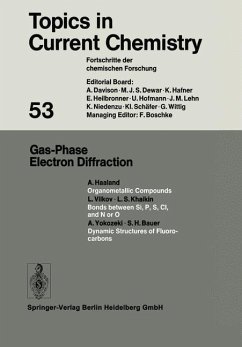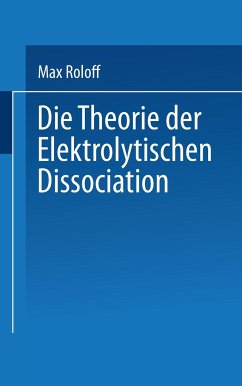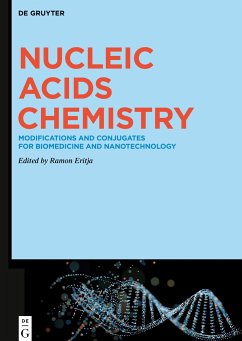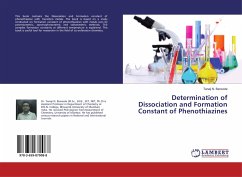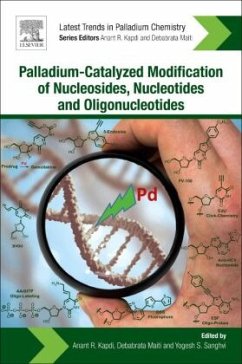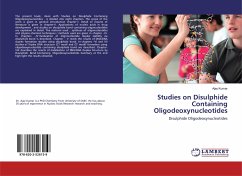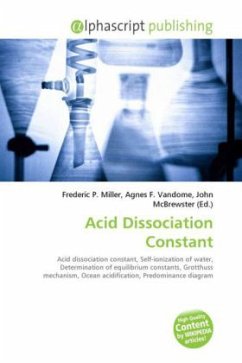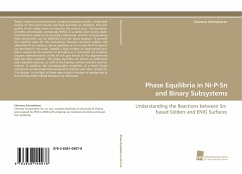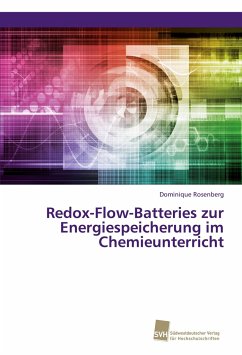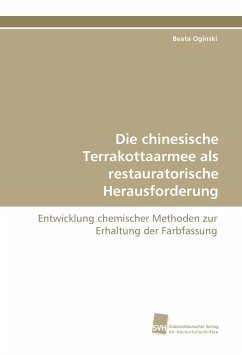
Gas-Phase Dissociation of Oligonucleotides
Studied by Electrospray Ionization Tandem Mass Spectrometry
Versandkostenfrei!
Versandfertig in 6-10 Tagen
53,90 €
inkl. MwSt.

PAYBACK Punkte
0 °P sammeln!
Oligonucleotides have great potential in diagnostic and therapeutic applications. Their high specificity offers promise for the development of new drugs for protein induced diseases. Several modifications were introduced in oligonucleotides to improve nuclease resistance, binding affinity and specificity. The various unnatural oligonucleotides are not compatible with the classical sequencing techniques. Therefore, new methods for fast and unambiguous sequence verification are needed. Mass spectrometry has the potential to achieve these requirements.However, mechanistic aspects of oligonucleoti...
Oligonucleotides have great potential in diagnostic and therapeutic applications. Their high specificity offers promise for the development of new drugs for protein induced diseases. Several modifications were introduced in oligonucleotides to improve nuclease resistance, binding affinity and specificity. The various unnatural oligonucleotides are not compatible with the classical sequencing techniques. Therefore, new methods for fast and unambiguous sequence verification are needed. Mass spectrometry has the potential to achieve these requirements.However, mechanistic aspects of oligonucleotide dissociation have to be clarified first. In this work unmodified DNA, RNA and several ribose or base modified oligonucleotides were analyzed to elucidate the gas-phase dissociation mechanism. Experiments with 2'-modified oligonucleotides were performed to investigate the reasons for the different gas-phase fragmentation behavior of DNA and RNA. Oligonucleotides with C-glycosidic bound biphenyl substituents were analyzed to study the influence of the nucleobase in gas-phase dissociation. A mechanism for RNA gas-phase dissociation, in accordance with all experimental data, is presented.



